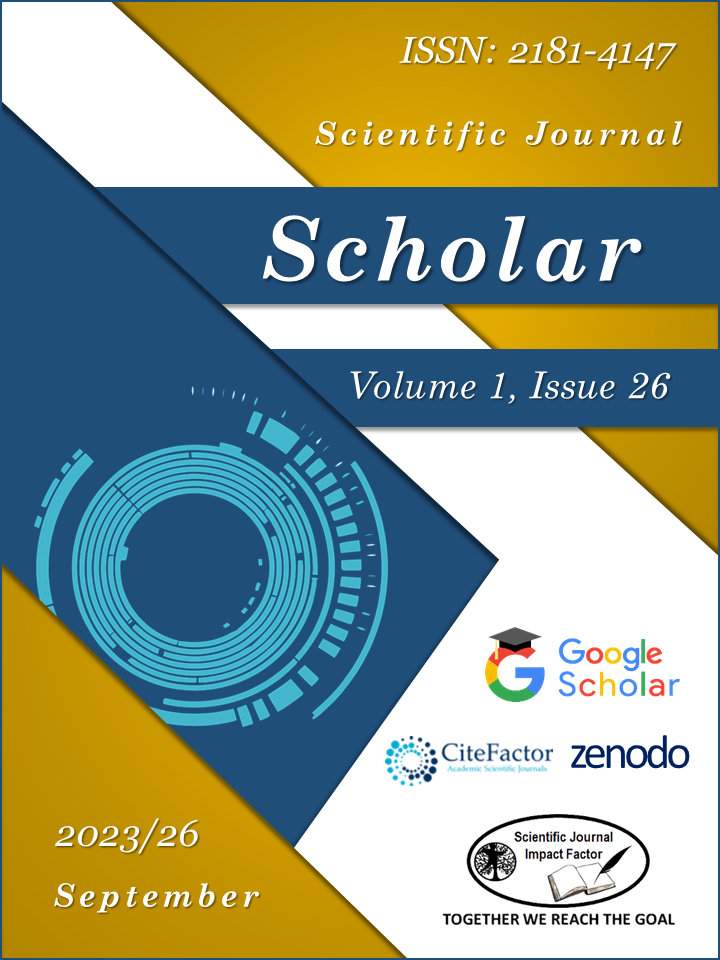STUDY ON THE RELATIONSHIP BETWEEN SECONDARY EDUCATION AND REGIONAL ECONOMY IN INNER MONGOLIA AUTONOMOUS REGION, CHINA
Keywords:
Secondary education; Regional economy; Coupling coordination; Degree; Inner MongoliaAbstract
Secondary education and regional economic development have a logical relationship of theme interaction and element coupling, which is the basis of constructing the contemporary basic education system. By constructing the comprehensive system of secondary education and regional economy evaluation index, the coupling coordination model, decoupling model and barrier factor diagnosis model are comprehensively used to study the interactive coupling relationship between secondary education and regional economy in Inner Mongolia Autonomous Region.
The results show that: (1)The degree of coupling has been in the high-quality coupling stage since 2005, and the degree of coupling coordination indicates a consistent climbing trend, with high-quality coordination being attained in 2017. (2) The decoupling relationship is principally of the expansionary negative decoupling type, and the distribution of weak and strong decoupling is alternate, which exemplifies the emergence of synergistic interactions between secondary education and the regional economy. (3) The subsystem and index barrier factor scores both demonstrated a decreasing tendency over time. In recent years, the size of the school has served as a barrier subsystem, with enrollment, student enrollment, graduation rates and the proportion of secondary industry serving as the primary barriers.
References
Schultz, T.W.The Value of the Ability to Deal with Diseuilibria [J]. Journal of Economic Literature, 1975, (13):823-838.
Schultz, T.W.Capital Formation by Education [J]. Journal of Political Economy, 1960, 68(12):571-583.
Dension, E.F.The Sources of Economic Growth in the United States and the Alternatives before Us [R], New York: Committee for Economic Development, 1962.
Jorgenson, D. W and B. M. Fraumeni. Investment in Education and U. S. Economic Growth, Scandinavian [J]. Journal of Economics, 1992, 94: 51-70.
Mankiw, Roman, and Weil. A Contribution to the Empirics of Economic Growth Quarterly Journal of Economics, 1992, vol 107 (2):407-437.
David, Lawrence Katz, and Alan Krueger. Computing Inequality Have Computers Changed the Labor Market [J]. Quarterly Journal of Economics, 1998(4):1169-1213.
Hall, R. E. and C. I. Jones. Why do Some Countries Produce So Much More Output Per Worker Than Others? [J]. Quarterly Journal of Economics, 1999, 114, 83–116.
He Dan, CHENG Wei, GONG Peng. Study on coordinated Development of Higher Education and regional economy in urban agglomerations along the Yangtze River in central China [J]. China Higher Education Research. 2017,(09):30-35.
Chi Jingming, Li Qifeng, He Shengsheng. Regional Difference in Coordinated Development of Higher Education and Economy in China: Based on TOPSIS Method [J]. Heilongjiang Researches on Higher Education, 2019, (12): 54-59.
Hao Qian. Analysis of coordination degree between higher education and regional economy [J]. Statistics & Decision, 2021,37(09): 68-70.
Peng Shuolong, Wu Mingyang. Study on the Coupling and coordinated Development of Higher education scale and regional economy in China [J]. Statistics & Decision, 2021,37(09):109-112.
LIU Wen-jun. Vocational Education and Economic Development: Japanese Experience and the Suggestion to China [J]. Education & Economy, 2007, (02): 64-68.
Li Changhui, Xiang Caiyi, Ma Shizhou, Xiao Junfu. A Study on the contribution of secondary Vocational Education to economic Development -- A Case study of Chongqing [J]. Probe, 2008, (01): 186-191.
Zhou Hong, Yang Mengmeng, Wang Tingting. The impact of secondary vocational education on economic growth in China: Based on provincial panel data from 2003 to 2008 [J]. Public Finance Research.2012,(02): 54-55.
Wang Yi, Ren Junqing & Lei Zhi’an: A Study on the Correlation between Secondary Vocational Edu-cation Input and Economic Growth in the Region — Based on the Analysis of Inter-provincial PanelData [J]. Journal of Vocational Education, 2018, (03): 66-73+80.
Qi Zhanyong, Xie Jinchen. Can Investment in Vocational Education Increase the Income of the Rural Labor Force?—A Counterfactual Estimate Based on Propensity Score Matching [J]. Educational Research.2021,42(02):97-111.
CAI Wenbo, GAN Xueyan. Analysis of Coupling Relationship Between Secondary Vocational Education and Regional Economic Growth [J]. Contemporary Vocational Education.2021,(05):67-74.
Wang Shujia, KONG Wei, Ren Liang, Zhi Dandan, DAI Binting. Research on misuses and modification of coupling coordination degree model in China [J]. Journal of Natural Resources, 2021,36(03): 793-810.
Tapio P. Towards a theory of decoupling: Degrees of decoupling in the EU and the case of road traffic in Finland between 1970 and 2001. Transport Policy, 2008, 12(2):137-151.
Downloads
Published
How to Cite
Issue
Section
License

This work is licensed under a Creative Commons Attribution-NonCommercial-NoDerivatives 4.0 International License.

